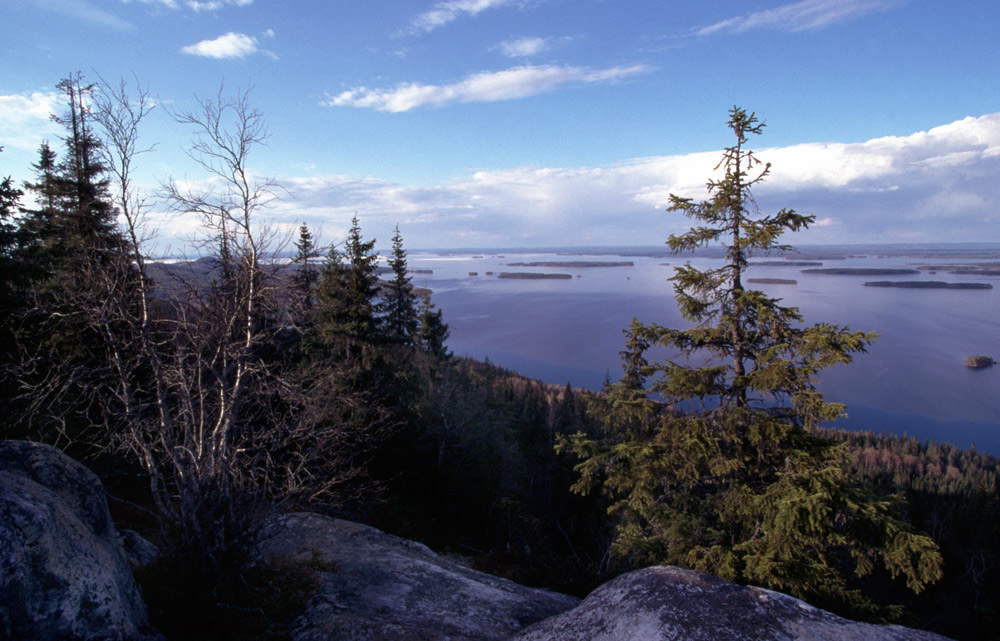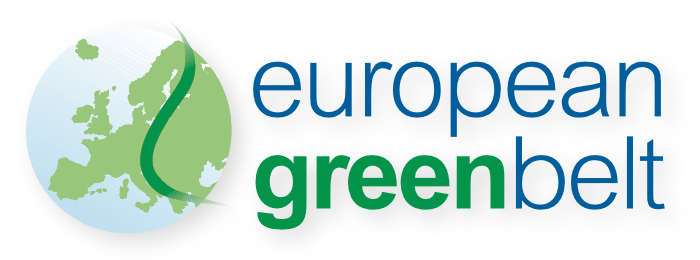Fennoscandia
The Fennoscandian Green Belt – A million-hectare chain of nature reserves

The Green Belt of Fennoscandia is a strip of land stretching 1,350 kilometres along the borders of Norway, Russia and Finland from the Barents to the Baltic Sea.
The northern part is dominated by lichens, mosses and dwarf shrubs. The central and southern part is made up of vast coniferous taiga forests that serve as a refuge for large mammals such as the brown bear and the elk. The landscape is characterised by innumerable wetlands, mires and lakes that provide breeding habitats to Finland’s national bird, the whooper swan.
A Memorandum of Understanding for cooperation in developing the Green Belt of Fennoscandia was signed in February 2010 by the ministers of environment of the three countries. This memorandum facilitates ecologically, economically and socially sustainable transboundary cooperation.
The Fennoscandian Green Belt includes some of the last remaining old-growth boreal forests, harbouring about 50 percent of the endangered forest species in the area. It is mainly due to the Cold War and the consequent low level of economic activities that this area remains in a nearly pristine state.
The main biodiversity values of Fennoscandia are the western margin of the eastern Eurasian taiga, all boreal zones from South to North, and outstanding Scots pine climax communities. The plant and animal world is unique thanks to the presence of endemic animal species such as taiga reindeer, grey wolves, brown bears and wolverines.
Information about the Fennoscandian Green Belt of the Finnish Ministry of the Environment
